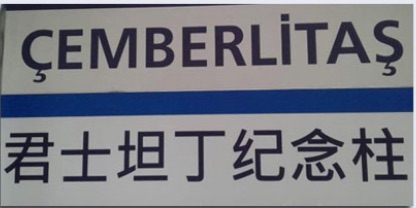Back in September 2010, I reported that the Oxford English Dictionary had added an entry for eggcorn, a term that was coined right here on Language Log for an alteration of a word or phrase that makes sense in a new way (like acorn being changed to eggcorn). The earliest citation given for that meaning of eggcorn was, naturally enough, the 2003 post by Mark Liberman in which he relayed Geoff Pullum's suggested coinage.
2003 M. LIBERMAN Egg Corns: Folk Etymol., Malapropism, Mondegreen, ???: update in languagelog.ldc.upenn.edu 30 Sept. (blog, Internet Archive Wayback Machine 8 Oct. 2003) Geoff Pullum suggests that if no suitable term already exists for cases like this, we should call them ‘egg corns’, in the metonymic tradition of ‘mondegreen’.
Now, in the latest batch of updates to the OED's online edition comes another Language Log citation. Among the updates, the OED editors overhauled the entries for they, their, them, themselves, and themself to account for using these pronouns in the singular to avoid gender reference or for non-binary gender identities. And in the entry for their is a citation from a 2008 post I wrote about Facebook's use of singular they for non-gender-specific news feed items.
Read the rest of this entry »


